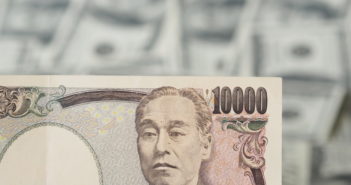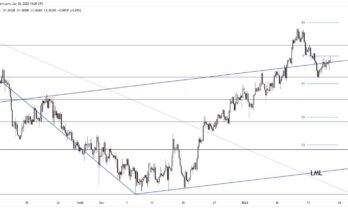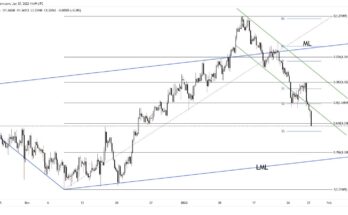The USD/JPY enjoyed a recovery after the risk-off sentiment faded away. Can it continue its upward trajectory? Not so fast?
The Technical Confluences Indicator shows that that the pair initially needs to conquer the battle over 110.22 which is a dense cluster of technical levels including the Simple Moving Average 200-15m, the SMA 200-1h, the Fibonacci 61.8% one-day, the SMA 50-4h, the SMA 10-one-day, and the Bolinger Band one-hour Upper-Stdv. 2.2.
The next challenge is very close, at 110.35, which is the convergence of the Fibonacci 38.2% one-week, the SMA 100-1h, and the Bolinger Band one-hour-Middle.
Further above, the 110.96 level is the confluence of the one-week high, the Bolinger Band one-day, and the Bolinger Band one-hour Upper.
On the downside, faces various support lines with a concentration of levels 109.82: the Bolinger Band one-day-Middle, the Fibonacci 23.6% one-day, and the Bolinger Band one-hour-Lower.
Further down, the 109.42 features a strong line: the Fibonacci 38.2% one-month, accompanied by several others.
This is how it looks on the tool:

Confluence Detector
The Confluence Detector finds exciting opportunities using Technical Confluences. The TC is a tool to locate and point out those price levels where there is a congestion of indicators, moving averages, Fibonacci levels, Pivot Points, etc. Knowing where these congestion points are located is very useful for the trader, and can be used as a basis for different strategies.
This tool assigns a certain amount of “weight†to each indicator, and this “weight†can influence adjacents price levels. This means that one price level without any indicator or moving average but under the influence of two “strongly weighted†levels accumulate more resistance than their neighbors. In these cases, the tool signals resistance in apparently empty areas.
Learn more about Technical Confluence



